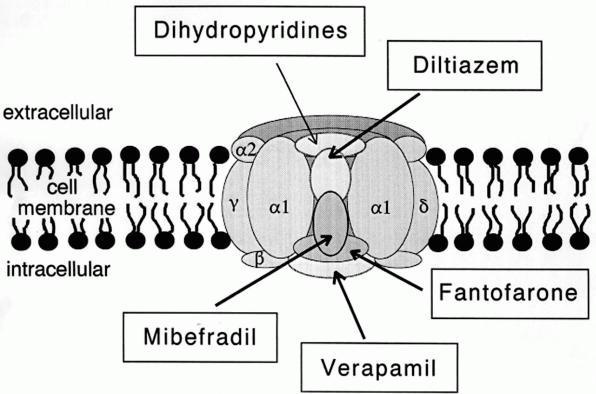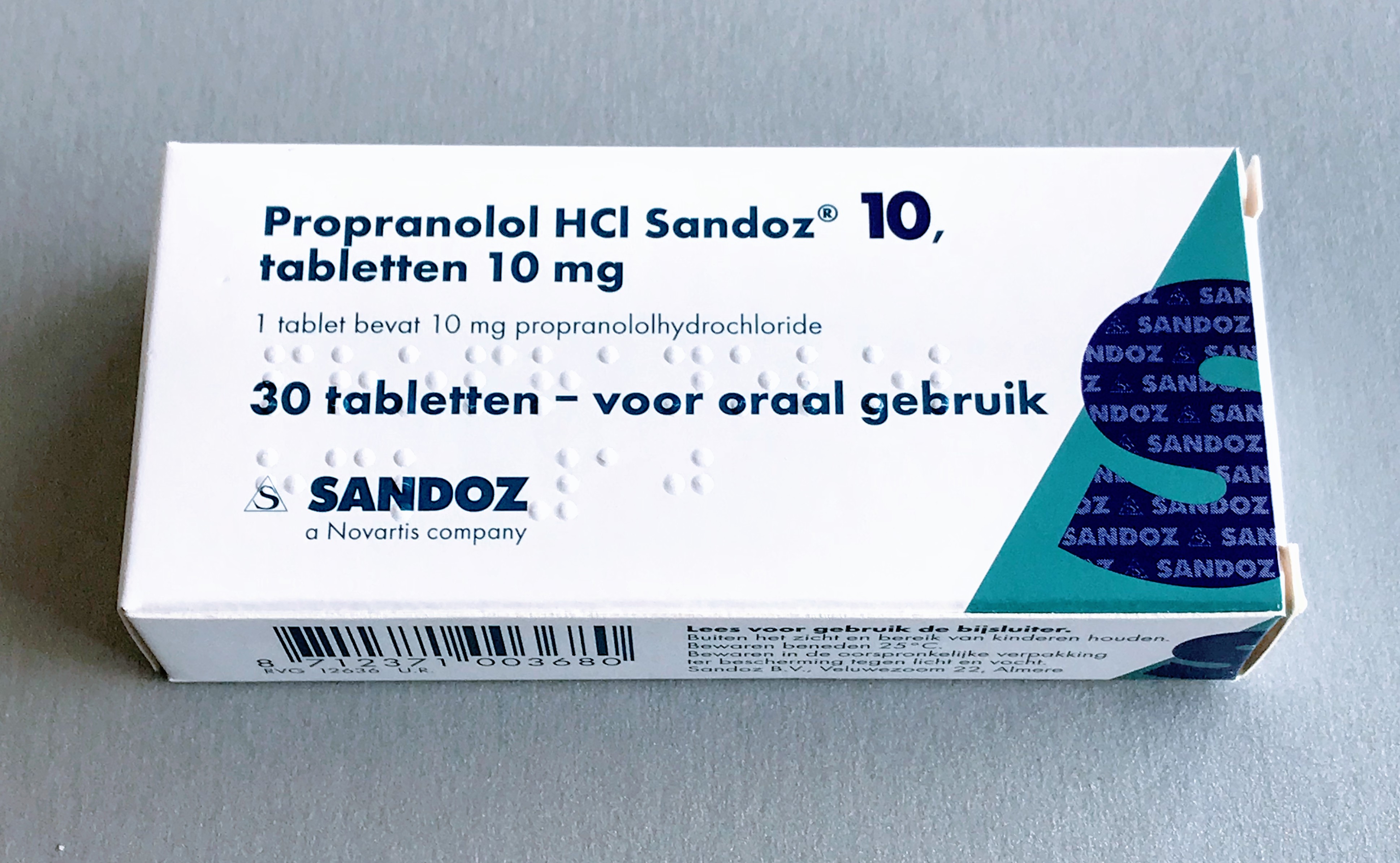|
Timothy's Syndrome
Timothy syndrome is a rare autosomal-dominant disorder characterized by physical malformations, as well as neurological and developmental defects, including heart QT-prolongation, heart arrhythmias, structural heart defects, syndactyly (webbing of fingers and toes), and autism spectrum disorders. Timothy syndrome represents one clinical manifestation of a range of disorders associated with mutations in ''CACNA1C'', the gene encoding the calcium channel Cav1.2 α subunit. Signs and symptoms The most striking sign of Timothy syndrome type 1 is the co-occurrence of both syndactyly (about 0.03% of births) and long QT syndrome (1% per year) in a single patient. Other common symptoms include cardiac arrhythmia (94%), heart malformations (59%), and autism or an autism spectrum disorder (80% who survive long enough for evaluation). Facial dysmorphologies such as flattened noses also occur in about half of patients. Children with this disorder have small teeth, which is due to poo ... [...More Info...] [...Related Items...] OR: [Wikipedia] [Google] [Baidu] |
Autosomal Dominant
In genetics, dominance is the phenomenon of one variant (allele) of a gene on a chromosome masking or overriding the Phenotype, effect of a different variant of the same gene on Homologous chromosome, the other copy of the chromosome. The first variant is termed dominant and the second is called recessive. This state of having Heterozygosity, two different variants of the same gene on each chromosome is originally caused by a mutation in one of the genes, either new (''de novo'') or Heredity, inherited. The terms autosomal dominant or autosomal recessive are used to describe gene variants on non-sex chromosomes (autosomes) and their associated traits, while those on sex chromosomes (allosomes) are termed X-linked dominant, X-linked recessive or Y-linked; these have an inheritance and presentation pattern that depends on the sex of both the parent and the child (see Sex linkage). Since there is only one Y chromosome, Y-linked traits cannot be dominant or recessive. Additionally, ... [...More Info...] [...Related Items...] OR: [Wikipedia] [Google] [Baidu] |
Glycine
Glycine (symbol Gly or G; ) is an amino acid that has a single hydrogen atom as its side chain. It is the simplest stable amino acid. Glycine is one of the proteinogenic amino acids. It is encoded by all the codons starting with GG (GGU, GGC, GGA, GGG). Glycine disrupts the formation of alpha-helices in secondary protein structure. Its small side chain causes it to favor random coils instead. Glycine is also an inhibitory neurotransmitter – interference with its release within the spinal cord (such as during a '' Clostridium tetani'' infection) can cause spastic paralysis due to uninhibited muscle contraction. It is the only achiral proteinogenic amino acid. It can fit into both hydrophilic and hydrophobic environments, due to its minimal side chain of only one hydrogen atom. History and etymology Glycine was discovered in 1820 by French chemist Henri Braconnot when he hydrolyzed gelatin by boiling it with sulfuric acid. He originally called it "sugar of ... [...More Info...] [...Related Items...] OR: [Wikipedia] [Google] [Baidu] |
List Of Syndromes
This is an alphabetically sorted list of medical syndrome A syndrome is a set of medical signs and symptoms which are correlated with each other and often associated with a particular disease or disorder. The word derives from the Greek language, Greek σύνδρομον, meaning "concurrence". When a sy ...s. # A B C D E F G H I J K L M N O P QR S T UV W XYZ {{DEFAULTSORT:Syndromes * Medical lists ... [...More Info...] [...Related Items...] OR: [Wikipedia] [Google] [Baidu] |
Calcium Channel
A calcium channel is an ion channel which shows selective permeability to calcium ions. It is sometimes synonymous with voltage-gated calcium channel, which are a type of calcium channel regulated by changes in membrane potential. Some calcium channels are regulated by the binding of a ligand.Striggow F, Ehrlich BE (August 1996). "Ligand-gated calcium channels inside and out". ''Current Opinion in Cell Biology''. 8 (4): 490–495. Doi (identifier), doi:doi:10.1016/S0955-0674(96)80025-1, 10.1016/S0955-0674(96)80025-1. PMID (identifier), PMID]8791458 Other calcium channels can also be regulated by both voltage and ligands to provide precise control over ion flow. Some cation channels allow calcium as well as other cations to pass through the membrane. Calcium channels can participate in the creation of Action potential, action potentials across cell membranes. Calcium channels can also be used to release calcium ions as Second messenger system, second messengers within the cell, affec ... [...More Info...] [...Related Items...] OR: [Wikipedia] [Google] [Baidu] |
Mosaicism
Mosaicism or genetic mosaicism is a condition in which a multicellular organism possesses more than one genetic line as the result of genetic mutation. This means that various genetic lines resulted from a single fertilized egg. Mosaicism is one of several possible causes of chimerism, wherein a single organism is composed of cells with more than one distinct genotype. Genetic mosaicism can result from many different mechanisms including chromosome nondisjunction, anaphase lag, and endoreplication. Anaphase lagging is the most common way by which mosaicism arises in the preimplantation embryo. Mosaicism can also result from a mutation in one cell during development, in which case the mutation will be passed on only to its daughter cells (and will be present only in certain adult cells). Somatic mosaicism is not generally inheritable as it does not generally affect germ cells. History In 1929, Alfred Sturtevant studied mosaicism in ''Drosophila'', a genus of fruit fly. H. J. ... [...More Info...] [...Related Items...] OR: [Wikipedia] [Google] [Baidu] |
Calcium
Calcium is a chemical element; it has symbol Ca and atomic number 20. As an alkaline earth metal, calcium is a reactive metal that forms a dark oxide-nitride layer when exposed to air. Its physical and chemical properties are most similar to its heavier homologues strontium and barium. It is the fifth most abundant element in Earth's crust, and the third most abundant metal, after iron and aluminium. The most common calcium compound on Earth is calcium carbonate, found in limestone and the fossils of early sea life; gypsum, anhydrite, fluorite, and apatite are also sources of calcium. The name comes from Latin ''calx'' " lime", which was obtained from heating limestone. Some calcium compounds were known to the ancients, though their chemistry was unknown until the seventeenth century. Pure calcium was isolated in 1808 via electrolysis of its oxide by Humphry Davy, who named the element. Calcium compounds are widely used in many industries: in foods and pharmaceuticals for ... [...More Info...] [...Related Items...] OR: [Wikipedia] [Google] [Baidu] |
Artificial Pacemaker
A pacemaker, also known as an artificial cardiac pacemaker, is an Implant (medicine), implanted medical device that generates Pulse (signal processing), electrical pulses delivered by electrodes to one or more of the Heart chamber, chambers of the heart. Each pulse causes the targeted chamber(s) to muscle contraction, contract and pump blood, thus regulating the function of the electrical conduction system of the heart. The primary purpose of a pacemaker is to maintain an even heart rate, either because the heart's natural cardiac pacemaker provides an inadequate or irregular heartbeat, or because there is a heart block, block in the heart's electrical conduction system. Modern pacemakers are externally programmable and allow a cardiologist to select the optimal pacing modes for individual patients. Most pacemakers are on demand, in which the stimulation of the heart is based on the dynamic demand of the circulatory system. Others send out a fixed rate of impulses. A specific ... [...More Info...] [...Related Items...] OR: [Wikipedia] [Google] [Baidu] |
Beta Adrenergic Receptor
The adrenergic receptors or adrenoceptors are a class of G protein-coupled receptors that are targets of many catecholamines like norepinephrine (noradrenaline) and epinephrine (adrenaline) produced by the body, but also many medications like beta blockers, beta-2 (β2) agonists and alpha-2 (α2) agonists, which are used to treat high blood pressure and asthma, for example. Many cells have these receptors, and the binding of a catecholamine to the receptor will generally stimulate the sympathetic nervous system (SNS). The SNS is responsible for the fight-or-flight response, which is triggered by experiences such as exercise or fear-causing situations. This response dilates pupils, increases heart rate, mobilizes energy, and diverts blood flow from non-essential organs to skeletal muscle. These effects together tend to increase physical performance momentarily. History By the turn of the 19th century, it was agreed that the stimulation of sympathetic nerves could cause diff ... [...More Info...] [...Related Items...] OR: [Wikipedia] [Google] [Baidu] |
Propranolol
Propranolol is a medication of the beta blocker class. It is used to treat hypertension, high blood pressure, some types of cardiac dysrhythmia, irregular heart rate, thyrotoxicosis, capillary hemangiomas, akathisia, performance anxiety, and essential tremors, as well to prevent migraine headaches, and to prevent further heart problems in those with angina or previous myocardial infarction, heart attacks. It can be taken oral administration, orally or by intravenous injection. The formulation that is taken orally comes in short-acting and long-acting versions. Propranolol appears in the blood after 30 minutes and has a maximum effect between 60 and 90 minutes when taken orally. Common side effects include nausea, abdominal pain, and constipation. It may worsen the symptoms of asthma. Propranolol may cause teratogen, harmful effects for the baby if taken during pregnancy; however, its use during breastfeeding is generally considered to be safe. It is a non-selective beta block ... [...More Info...] [...Related Items...] OR: [Wikipedia] [Google] [Baidu] |
CaMKII
/calmodulin-dependent protein kinase II (CaM kinase II or CaMKII) is a serine/threonine-specific protein kinase that is regulated by the /calmodulin complex. CaMKII is involved in many signaling cascades and is thought to be an important mediator of learning and memory. CaMKII is also necessary for homeostasis and reuptake in cardiomyocytes, chloride transport in epithelia, positive T-cell selection, and CD8 T-cell activation. Misregulation of CaMKII is linked to Alzheimer's disease, Angelman syndrome, and heart arrhythmia. Types There are two types of CaM kinases: * Specialized CaM kinases, such as the myosin light chain kinase that phosphorylates myosin, causing smooth muscles to contract. * Multifunctional CaM kinases, also collectively called ''CaM kinase II'', which play a role in neurotransmitter secretion, transcription factor regulation, and glycogen metabolism. Structure, function, and autoregulation CaMKII accounts for 1–2% of all proteins in the brai ... [...More Info...] [...Related Items...] OR: [Wikipedia] [Google] [Baidu] |
Re-entrant Arrhythmia
Arrhythmias, also known as cardiac arrhythmias, are irregularities in the heartbeat, including when it is too fast or too slow. Essentially, this is anything but normal sinus rhythm. A resting heart rate that is too fast – above 100 beats per minute in adults – is called tachycardia, and a resting heart rate that is too slow – below 60 beats per minute – is called bradycardia. Some types of arrhythmias have no symptoms. Symptoms, when present, may include palpitations or feeling a pause between heartbeats. In more serious cases, there may be lightheadedness, passing out, shortness of breath, chest pain, or decreased level of consciousness. While most cases of arrhythmia are not serious, some predispose a person to complications such as stroke or heart failure. Others may result in sudden death. Arrhythmias are often categorized into four groups: extra beats, supraventricular tachycardias, ventricular arrhythmias and bradyarrhythmias. Extra beats include prematu ... [...More Info...] [...Related Items...] OR: [Wikipedia] [Google] [Baidu] |







